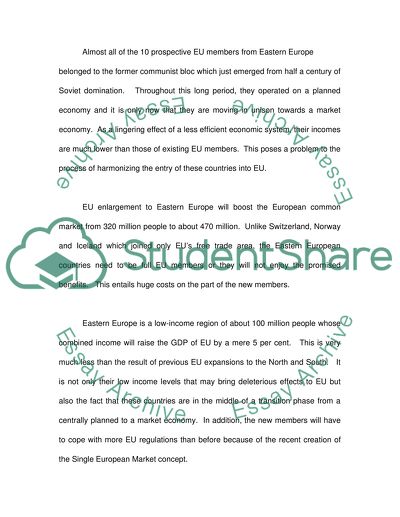Cite this document
(“EU Enlargement to Eastern Europe Essay Example | Topics and Well Written Essays - 2500 words”, n.d.)
EU Enlargement to Eastern Europe Essay Example | Topics and Well Written Essays - 2500 words. Retrieved from https://studentshare.org/politics/1501953-eu-enlargement-to-eastern-europe
EU Enlargement to Eastern Europe Essay Example | Topics and Well Written Essays - 2500 words. Retrieved from https://studentshare.org/politics/1501953-eu-enlargement-to-eastern-europe
(EU Enlargement to Eastern Europe Essay Example | Topics and Well Written Essays - 2500 Words)
EU Enlargement to Eastern Europe Essay Example | Topics and Well Written Essays - 2500 Words. https://studentshare.org/politics/1501953-eu-enlargement-to-eastern-europe.
EU Enlargement to Eastern Europe Essay Example | Topics and Well Written Essays - 2500 Words. https://studentshare.org/politics/1501953-eu-enlargement-to-eastern-europe.
“EU Enlargement to Eastern Europe Essay Example | Topics and Well Written Essays - 2500 Words”, n.d. https://studentshare.org/politics/1501953-eu-enlargement-to-eastern-europe.


